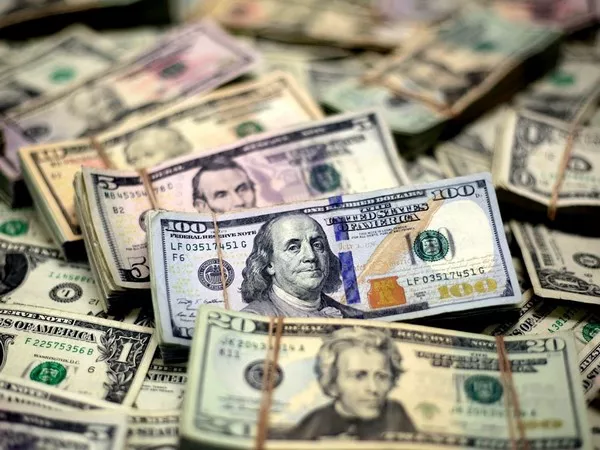German Bunds and US Treasuries parted ways yesterday. Yields on the latter surged more than 8 basis points on the long end of the curve. This had little to do with Fitch’s downgrade, but it had to do with one reason for the decision: the deteriorating fiscal position. The U.S. Treasury raised offering amounts for several maturities in the August-October quarter for the first time in more than two years. For example, refinancing operations in the middle of next week will be $7 billion higher than in the first month of the previous quarter ($103 billion in total). Also, shortly before the announcement, ADP’s employment report added 324,000 new jobs in July, beating the consensus of 190,000.
Meanwhile, in the US, the market discussion is shifting from a “soft landing” to “no landing at all”. In contrast, German Bund yields fell by 1.8 (30-year) to 6 (2-year) basis points. They did, however, close at session lows, particularly longer maturities. Yield differentials and poor equity sentiment (EuroStoxx50 -1.6%, Wall Street closed more than 2% lower on Nasdaq) favored the dollar over the euro. EUR/USD extended its recent pullback to 1.094 after surpassing 1.10 in earlier trade. The dollar’s trade-weighted index settled near 102.59, its highest level since early July. Risk aversion also supports the yen, while riskier currencies (AUD, NZD, SEK, NOK) suffer. Sterling also fell, but shook off its lows by the close. EUR/GBP settled above 0.86 points.
The Bank of Japan intervened for the second time this week, launching an unplanned bond-buying programme. This occurs when the 10-year exceeds 0.65%. It is still trading around this level. Even if sentiment is mixed at best, the yen is also slightly lower. Japan underperformed (-1.3%). EUR/USD is steady around yesterday’s closing levels. U.S. Treasury yields continued to climb. The 10-year Treasury yield tested resistance at 4.09% yesterday, but is now surpassing this important level. Apart from intermediate resistance at 4.24%, it is the last hurdle before a return to the cycle high of 4.33%. The decline in core bond prices is not unique. Yields on the Bund will also rise. 2.55-2.58% is an important level for the 10-year Treasury yield.
Today’s economic calendar could be significant in sustaining this move, as well as the recent dollar rally. The U.S. Services ISM is expected to fall to 53 from 53.9. Strong demand (new orders rose 3 percent in June) at least suggests that economic activity won’t collapse anytime soon. The Bank of England is also meeting today. It is unclear whether the central bank will use a weaker-than-expected June CPI data to ease the pace of tightening from 50 basis points to 25 basis points. There is a growing view that the company may clean up its balance sheet more quickly. If the BoE chooses to do this, it could complement a 25 basis point hike (to 5.25%).


